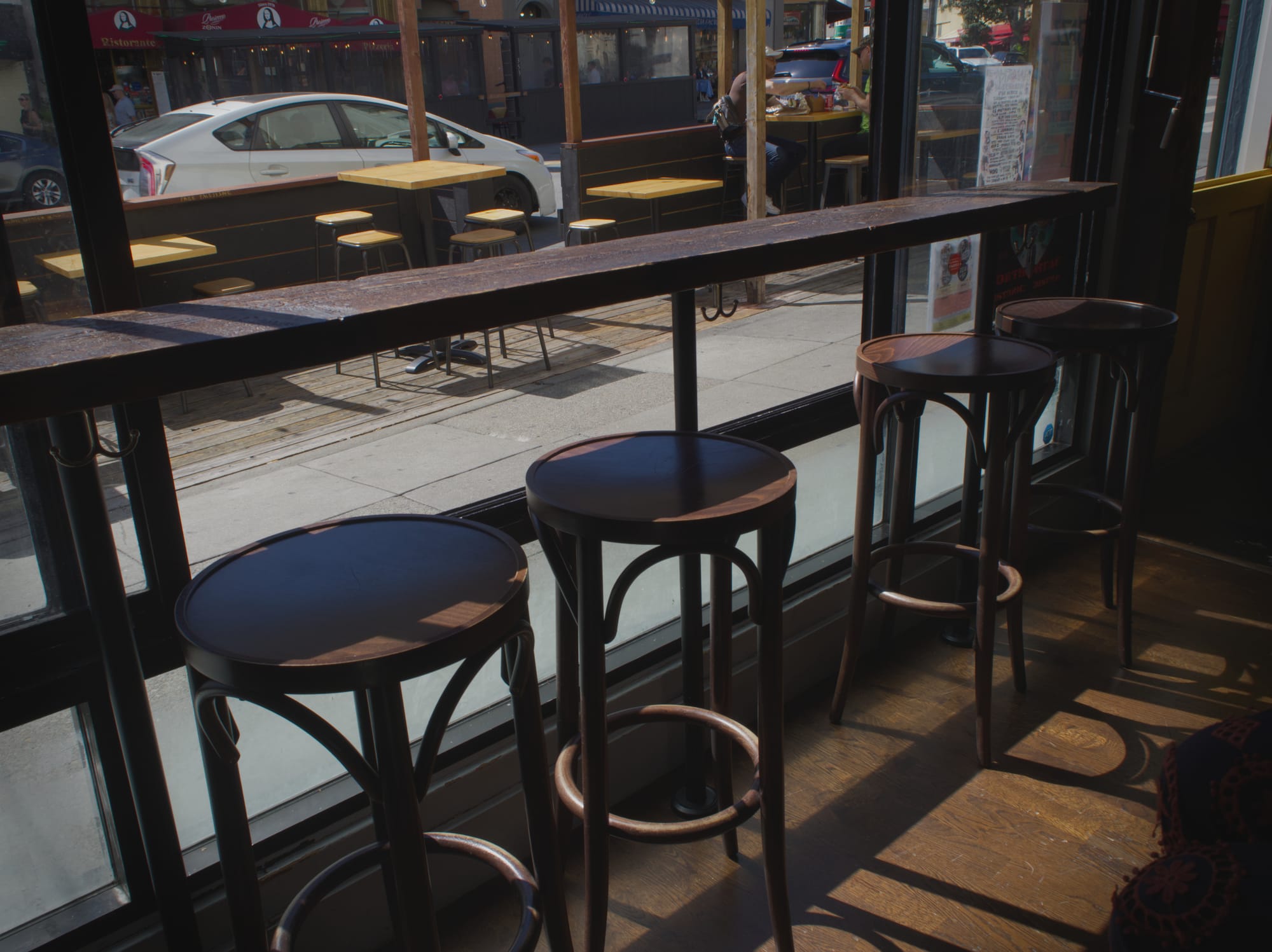
I’ve always been fascinated by planes. A few years ago, I took an introductory class toward a private pilot’s license - and it was less fun than I expected. The plane pretty much flies itself; the pilot’s real job is to anticipate and plan for emergencies.
“If the engine fails on takeoff roll, we stop. Below 500 feet, we turn back. Over there, there’s a golf course we can land on. Down there, a park.”
Flying, it turns out, is less about control, and more about preparedness. That felt more like work than leisure, so I didn’t continue flying.
This morning, I woke up and my iPhone wouldn’t turn on. After a bit of debugging, I accepted it was dead. Then the dread set in: how would I get to work without my digital Clipper card? Could I call an Uber? Would I even be able to find the Apple Store without a map? What if PagerDuty goes off right now?
For a moment, I felt useless.
Then I remembered that I had a backup plan. When I was a digital nomad, I learned to take disaster recovery seriously. I had stashed an old phone in my suitcase, loaded with a data-only SIM and ready to go. I powered it on, ran some updates, and my digital life was back online within minutes.
At the Apple Store, they told me the repair would take three days. Without that backup phone in hand, I probably would have impulse-bought a new phone and wasted money.
As a user, you want your tools to never break. As an engineer, you just don’t want to be surprised when they do.


